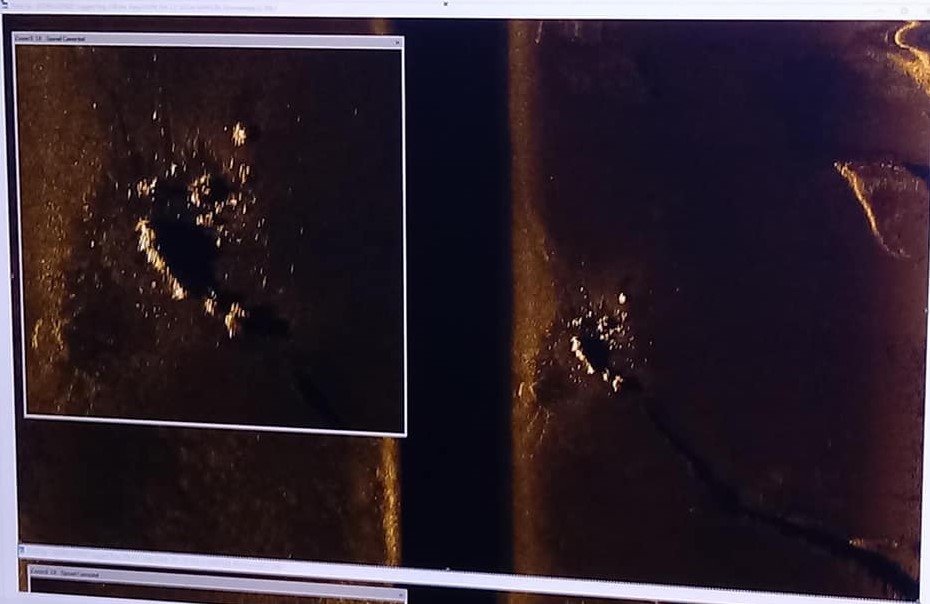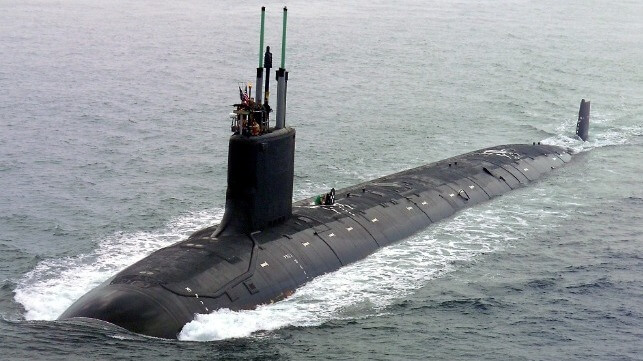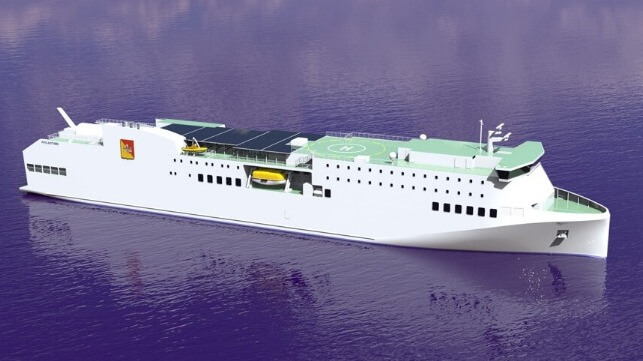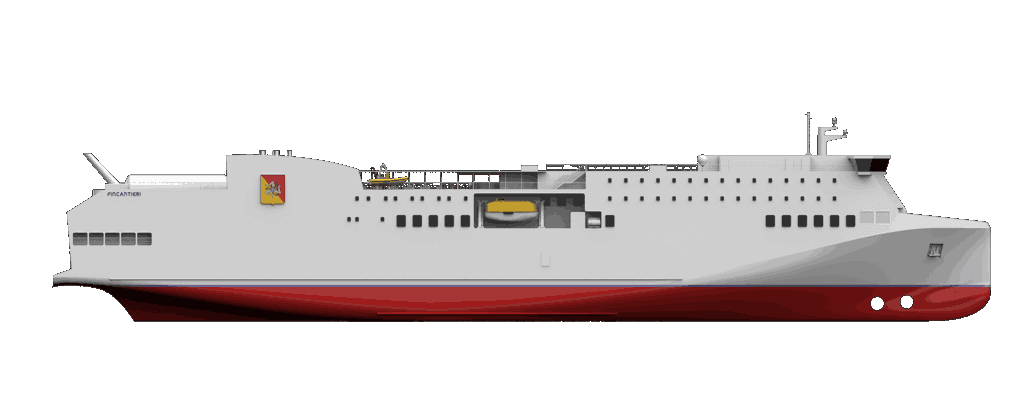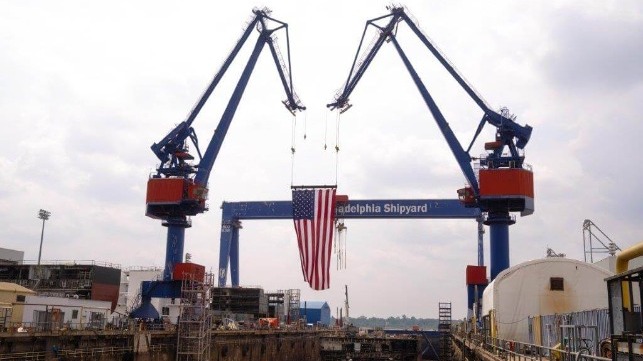Marine "Biomimetics" Could Be the Blue Economy's Next Big Hit
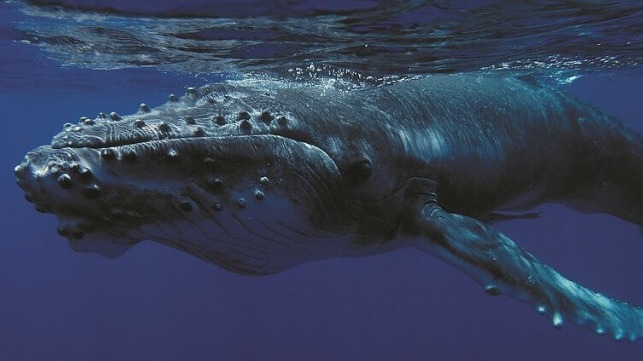
[By Emma Bryce]
Deep in the Pacific Ocean, a strange, diaphanous balloon drifts by. Inside, tunnels and chambers coil like a miniature floating Guggenheim around the talented architect within: a tadpole-like creature called a larvacean. Incredibly, the organism has crafted this entire structure out of mucus.
“This is an animal without legs, arms, or eyes, and it secretes this complex house of mucus around itself,” explains Joost Daniels, a research engineer. Daniels is part of a team at the Monterey Bay Aquarium Research Institute that has 3D modelled these structures, which they’ve christened ‘snot palaces’. Their modelling work, carried out at the institute’s Bioinspiration Lab, revealed how the larvacean uses its tail to pump detritus-filled water through the passageways of the snot palace, using it like a filter to snag food.
The magnificent structure could inspire inventions on land. “This could be very interesting for very efficient vehicle propulsion or other pumping systems. There are lots of medical applications as well,” says Daniels.
Such innovations belong to the growing collection of ‘biomimetic’ products – which mimic the form, structure, or function of organisms. Taking inspiration from nature isn’t new, but marine biomimetics is relatively nascent partly because just 5% of the ocean has been explored. And yet, “the ocean is where all life started, and where a lot of things have evolved from,” says Daniels, which creates huge potential for discovery in its vast depths.
Researchers think that, as discoveries related to marine biomimetics grow, they could contribute billions to the economy annually, with applications across diverse industries including energy, transport, pharmaceuticals, and deep-sea exploration. This could also serve as a more sustainable source of marine revenue than industries like deep-sea mining, believes Robert Blasiak, a researcher in the sustainable management of ocean resources at the Stockholm Resilience Centre. “I think it gives a bit of a different flavour to how we can explore this ‘final frontier’,” he says.
Wild inventions
It was Blasiak’s personal enthusiasm for the subject that drove him to start cataloguing marine biomimetic inventions, which together with his colleagues he described in a 2022 research article. The paper explored a glittering array of innovations – some under development, and several already on the market.
One of them takes inspiration from the tapering fins of the humpback whale. These leviathans glide effortlessly through the water, despite having knobbly fins that look like they would slow them down. In the early 2000s, engineers discovered that those bumps, called tubercles, actually generate lift, reducing drag in the water. This has since inspired the design of bumpy fan blades and surfboard fins, as well as patents to apply tubercles to wind farms.
Another source of inspiration is shark skin, which bristles with billions of microscopic scales called denticles. Arranged in a diamond pattern and imprinted with peaks and troughs, these channel water and allow the animals to glide seamlessly through it. This structure has inspired new car tyres that aim to reduce the risk of aquaplaning, and materials for aircraft that streamline airflow and cut carbon emissions by 1.1%. Sharks aren’t coated in algae and barnacles, Blasiak explains, because their “skin is very hard for stuff to settle on, to actually stick to.” Materials scientists have replicated this microscopic architecture in antibacterial surfaces for hospitals, and antifouling materials to protect ships from organisms that may latch on to their hulls, affecting their speed and seaworthiness.
Meanwhile, animals such as the ram’s horn squid have inspired better ways to explore the ocean itself. The creature controls its buoyancy with the help of an internal coil-shaped shell containing gas-filled compartments. As the squid grows, explains Blasiak, more of these compartments appear. Most famously, these inspired the submersible used by filmmaker James Cameron to travel to the bottom of the Mariana Trench.
In 2021, scientists successfully mimicked the jelly-like structure of the deep sea snailfish to create a remotely operated soft robot, made of flexible materials, capable of withstanding the crushing ocean pressure at depths of 11,000 metres.
Many more biomimetic inventions are in the works. Materials scientists are developing hyper-strong materials for buildings based on the chitin structure of the mantis shrimp’s crack-resistant club. Others have found unlikely fashion inspiration in the slime-producing hagfish, whose goo contains thousands of silken but powerful strands that could inspire next-generation textiles. Elsewhere, researchers have patented the unique water-repelling proteins in byssus threads – the strong filaments that tether mussels to rocks – which could lead to corrosion-resistant steel for ships.
Big money in the blue economy
Marine biomimetics could generate significant revenue through novel products, designs, patents, and by reducing maintenance and materials costs in several industries, Blasiak believes. One significant area is shipping, which spends US$30 billion a year dealing with the added fuel and cleaning costs of biofouling by barnacles and other creatures. Biomimetic antifoulants, such as sharkskin-inspired coatings, could offset this expense, while also supplying the marine coatings industry that is worth nearly $15 billion.
According to Blasiak’s research, biomimetics could add billions to the tissue-engineering industry, which generated sales of $9 billion in 2017, with corals and sponges becoming increasingly important ingredients. Underwater robotics, meanwhile, is projected to reach almost $7 billion by 2025. And, in 2010, researchers estimate that cancer drugs derived from yet-to-be-discovered compounds in marine organisms could be worth between $0.5 trillion and $5.7 trillion.
Yet this huge potential is being overlooked, Blasiak believes. “All these conceptualisations of the ocean economy, they’re all looking at fisheries, cruise tourism, containerships, mining of aggregates – but they’re never looking at biomimetics,” he says. In his view, not only can marine biomimetics contribute significantly to economic growth, it also aligns with the emerging ‘blue economy’ – growth that’s derived from the sustainable use of the ocean’s resources.
Sharing the ocean’s treasures
But there are growing concerns about how to share these benefits fairly. Blasiak has found that 98% of the several thousand patent applications related to marine genetic resources belong to institutions in just 10 countries. Typically, ocean discoveries are made by a small number of wealthy nations, often off the shores of less wealthy nations.
The highly productive seas surrounding the Caribbean are one example, says Judith Gobin, a professor of marine biology at the University of the West Indies in Trinidad and Tobago. “If you look [at] the literature, you will see [that] quite a few commercial drugs, already on the market, have been found from Caribbean sponges [and] organisms,” she says. “And a lot of it, we in the Caribbean weren’t even aware of.” She describes some of these scientific expeditions as “ships passing in the night,” explaining that even though they were legal, they have failed to share their benefits.
The inequality has only grown as wealthier nations have been able to advance into the little-explored deep sea that often falls beyond the jurisdiction of any one nation. But Gobin is hopeful that the recently agreed High Seas Treaty will start to even out this playing field. She explains that the historic treaty, formally adopted in June this year, includes requirements to share the scientific and financial benefits of any marine genetic resources discovered in the high seas. Gobin participated in the treaty negotiations as an adviser with CARICOM, an intergovernmental organisation that represents the interests of Caribbean countries.
More important than financial benefits is the treaty’s hard-won obligation for countries to share resources, she says. Ideally, this means that future marine expeditions led by wealthy nations will be treated as an opportunity to bring scientists from developing nations on board, to share training, technologies, and expertise. “Let’s get the local scientists involved, and then let’s build the capacity,” Gobin says.
According to Blasiak, it’s this spirit of shared curiosity and discovery that drives marine biomimetics in the first place, and which he believes could turn it into a force for the good of the ocean. “I think that one of the most attractive things about biomimetics is that it first requires you to look at the natural world, to interact with it, be curious about it, and try to understand it better,” he says. “That’s the starting point for caring about the ocean, and then for thinking we should be stewards of it.”
Emma Bryce is a freelance journalist who covers stories focused on the environment, conservation and climate change.
This article appears courtesy of China Dialogue Ocean and may be found in its original form here.
Top image: Humpback whale calf, Tonga, 2015 (GRID-Arendal / Glenn Edney / CC BY NC SA 2.0) ww.grida.no/resources/3544
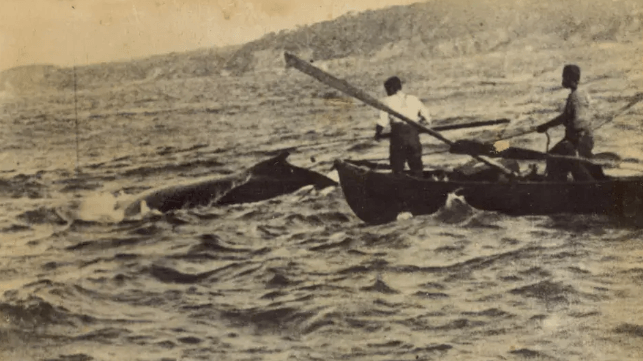
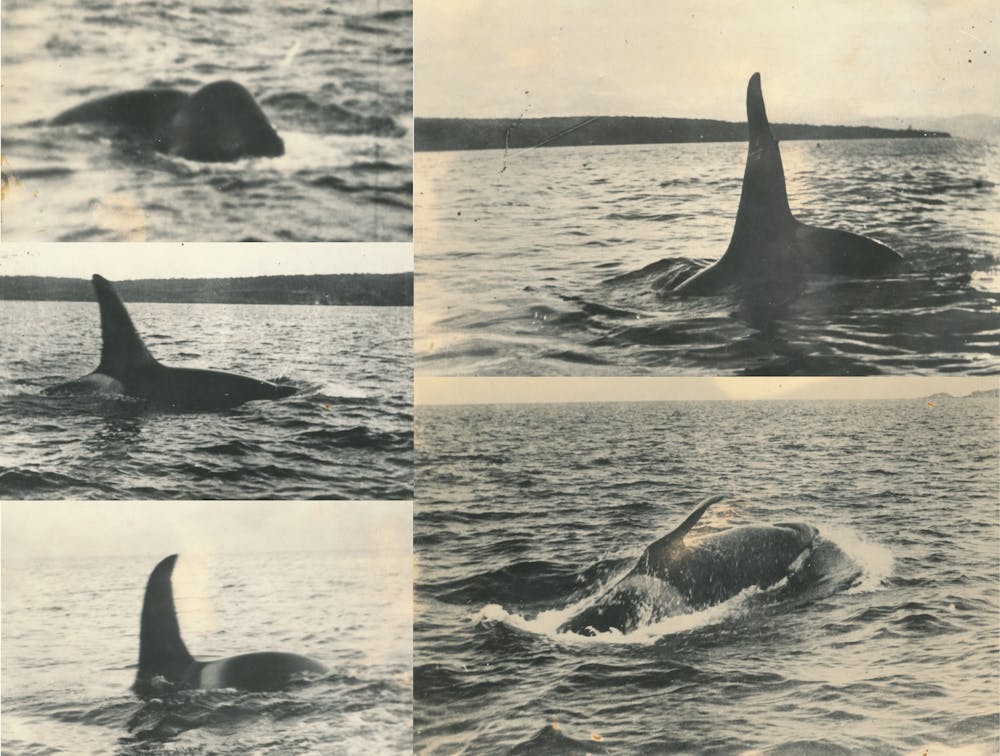

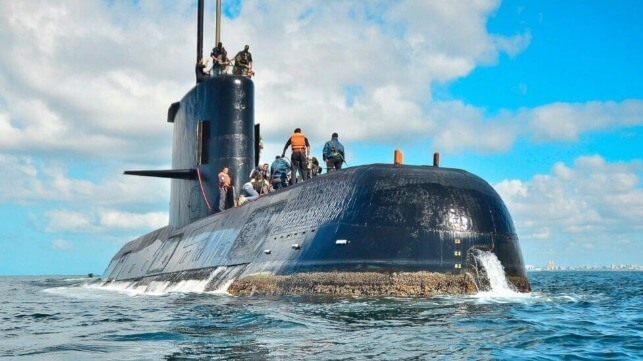
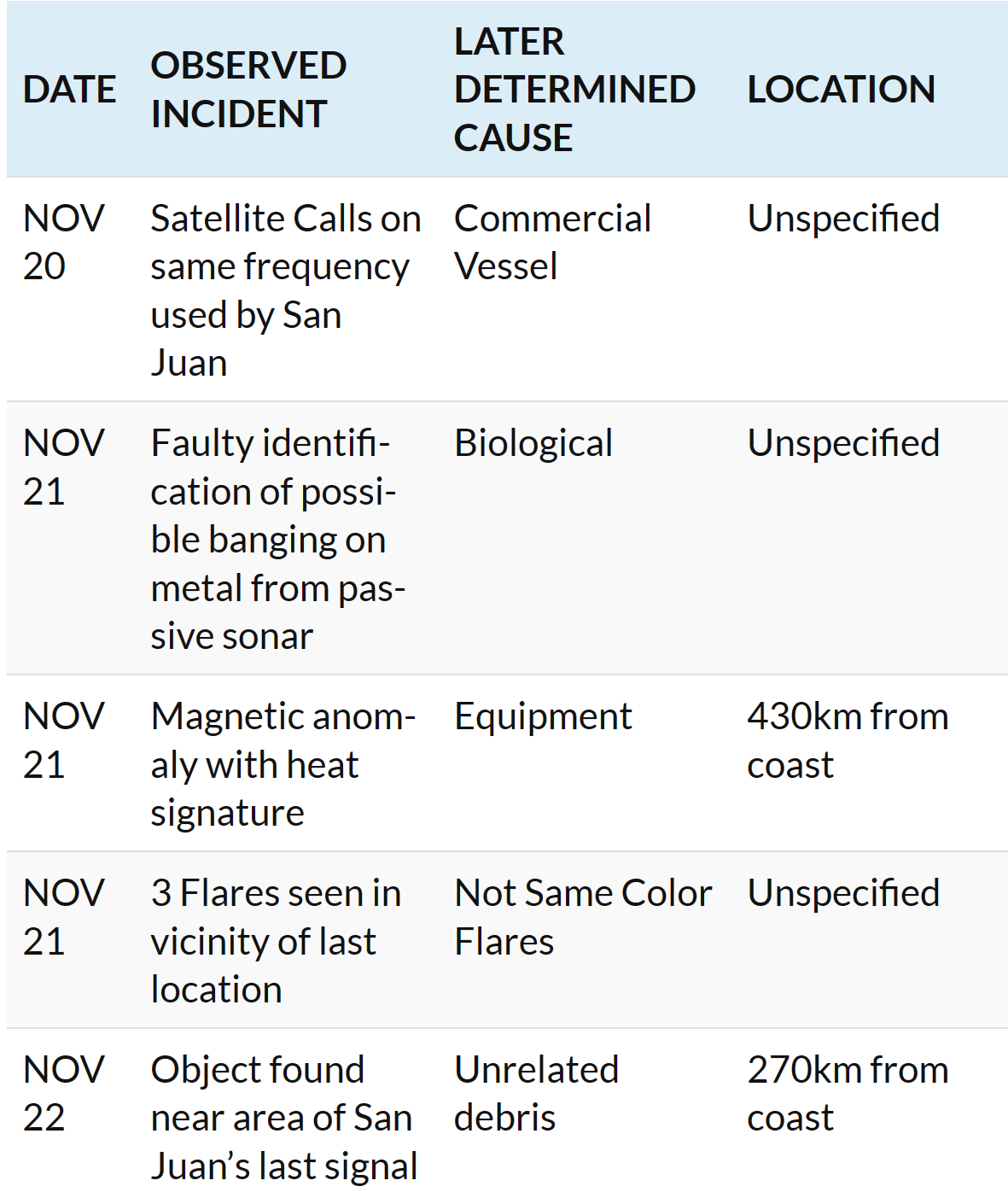 The Argentinian Navy declared the rescue aspect of the search operation to be over on November 30th, 2017 after planners eliminated an extreme survival situation. At its height, the search operation constituted over 4,000 personnel from over 13 countries and surveyed over 200,000 square miles.8 On November 16th, 2018, a Houston-based hydrographic survey company, Ocean Infinity, used a Norwegian multipurpose ship to investigate a possible ping on the San Juan’s potential position in the middle of a sea canyon.9 Finally, Ocean Infinity confirmed discovery of the San Juan on November 17th, 2018 and handed over data and visual evidence of the wreckage for forensic investigators to determine cause. Ocean Infinity’s use of five autonomous undersea vehicles (AUVs) for exploring the wreck site suggested that extensive use of AUVs was integral to the mission’s success.
The Argentinian Navy declared the rescue aspect of the search operation to be over on November 30th, 2017 after planners eliminated an extreme survival situation. At its height, the search operation constituted over 4,000 personnel from over 13 countries and surveyed over 200,000 square miles.8 On November 16th, 2018, a Houston-based hydrographic survey company, Ocean Infinity, used a Norwegian multipurpose ship to investigate a possible ping on the San Juan’s potential position in the middle of a sea canyon.9 Finally, Ocean Infinity confirmed discovery of the San Juan on November 17th, 2018 and handed over data and visual evidence of the wreckage for forensic investigators to determine cause. Ocean Infinity’s use of five autonomous undersea vehicles (AUVs) for exploring the wreck site suggested that extensive use of AUVs was integral to the mission’s success.
 Comodoro Rivadavia, Argentina (Nov. 26, 2017) U.S. Navy Undersea Rescue Command (URC) sailors and Argentine construction workers prepare the motor vessel Sophie Siem for the installation of the Submarine Rescue Diving and Recompression System (SRDRS) which operates the deep diving rescue vehicle, the Pressurized Rescue Module (PRM). (U.S. Navy photo by Mass Communication Specialist Christopher Lange)
Comodoro Rivadavia, Argentina (Nov. 26, 2017) U.S. Navy Undersea Rescue Command (URC) sailors and Argentine construction workers prepare the motor vessel Sophie Siem for the installation of the Submarine Rescue Diving and Recompression System (SRDRS) which operates the deep diving rescue vehicle, the Pressurized Rescue Module (PRM). (U.S. Navy photo by Mass Communication Specialist Christopher Lange)